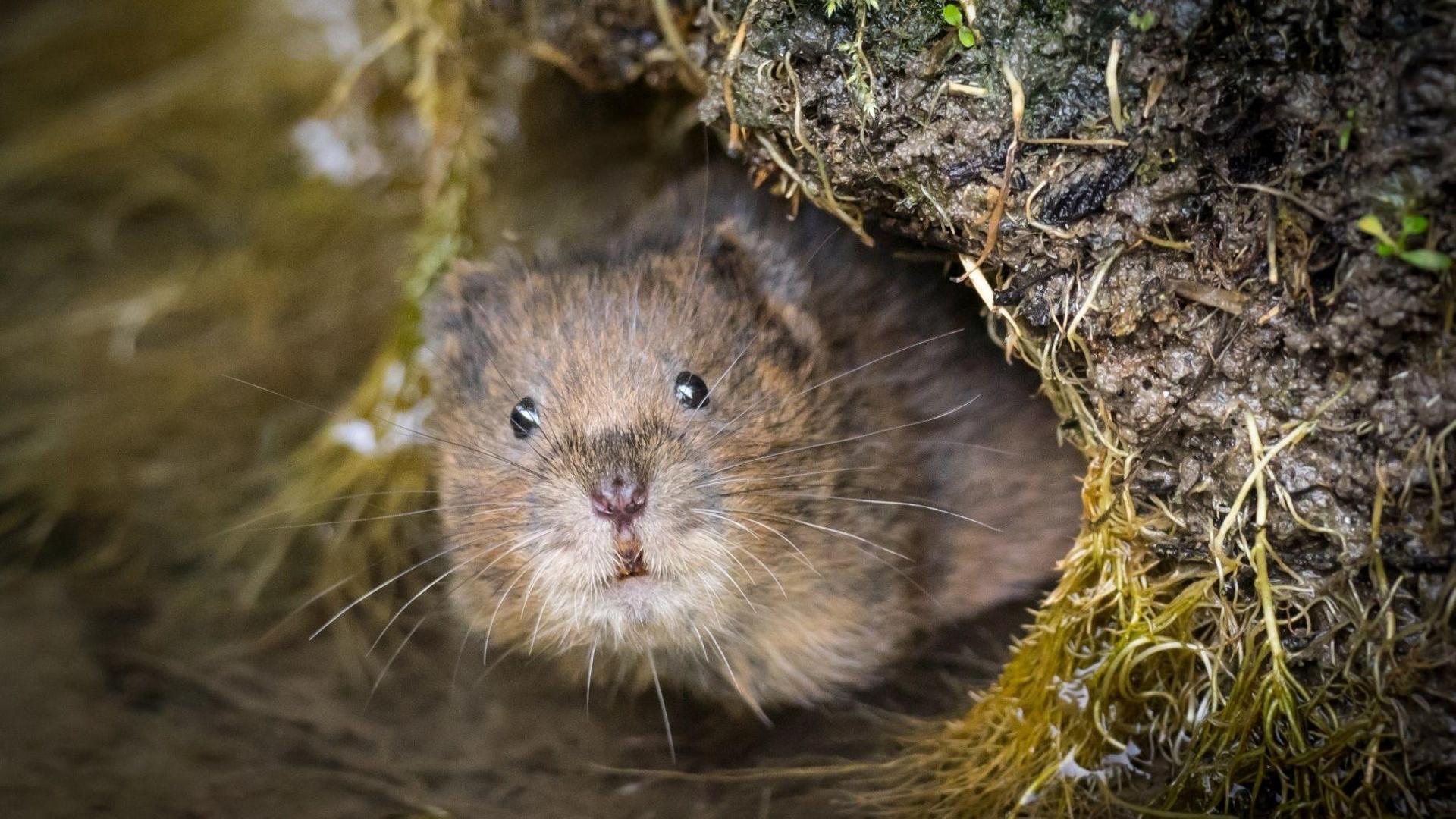Concerns over sudden drop in sightings of porpoises
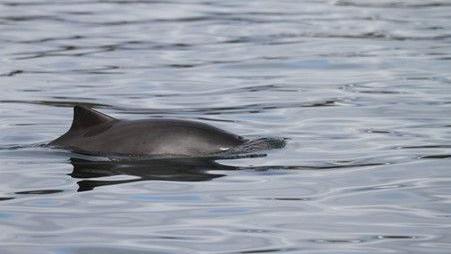
A recent survey by the Bardsey Marine Mammal Project reported a 10% decline in the number of sightings of porpoises per hour
- Published
A wildlife expert says he is concerned about a sudden drop in sightings of porpoises on the north Wales coast.
Mick Green, manager of the Bardsey Marine Mammal Project - which monitors the marine mammals around Bardsey Island, Gwynedd - said fisheries and fishing nets could be the reason for the decline.
After using drones for the first time, the project's recent survey reported a 10% decline in the number of sightings of porpoises per hour.
However, Nadia Tomsa, manager of sea trust Wales which runs a photo ID project for resident porpoises in Pembrokeshire, said she has not noticed a decrease in the number of sightings.
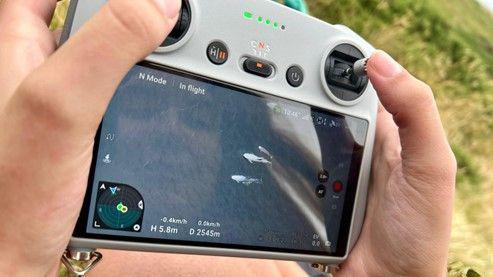
The Bardsey Marine Mammal Project's recent survey is the first time the project has used drones to obtain data and photos of porpoises
Since 1999, the Bardsey Marine Mammal Project, external (BMMP) has been researching the whales, dolphins and porpoises that live along the north-west coast of Wales.
Previously boats were used to collect data and imagery, but vessels take time to launch and the noise of their motors can disturb the dolphins.
The recent survey is the first time the project has used drones to obtain photos and note down sightings of the mammals from fixed clifftop positions.
As the seas around Bardsey Island are designated as a Special Area of Conservation - usually, it is very common to see pods of porpoises in waters as they like areas of high energy waters.
However, the survey found that last year there was a 10% decline in sightings of the mammals every hour which has left Mr Green feeling "very worried".
He said: "It seems to be a wide-spread decline.
"I know other projects on the east coast of Ireland have seen declines there, as have our colleagues on Anglesey.
"It is something various organisations are working on, and we need to start looking at this."
Porpoise found with head cut off on Welsh beach
- Published13 February 2024
Channel now hotspot for porpoise species - charity
- Published11 September 2024
According to Mr Green, fishing nets could be the reason for the fall in numbers.
"We don't have a big fisheries industry here in Wales, but certainly, in the more ocean waters, more are caught up in the nets," he added.
Mr Green said he needs to know if the numbers have declined, or if the porpoises have simply moved location.
This year, the BMMP hopes to recruit watchers on Pen Llŷn to support those already operating on the island.
He said the idea is to get a broader picture of what happening to the porpoises and to look at things like their food availability and disturbance.
Mr Green hopes the data and findings from the future project will be used to flag to the Welsh government to try and address the issue.
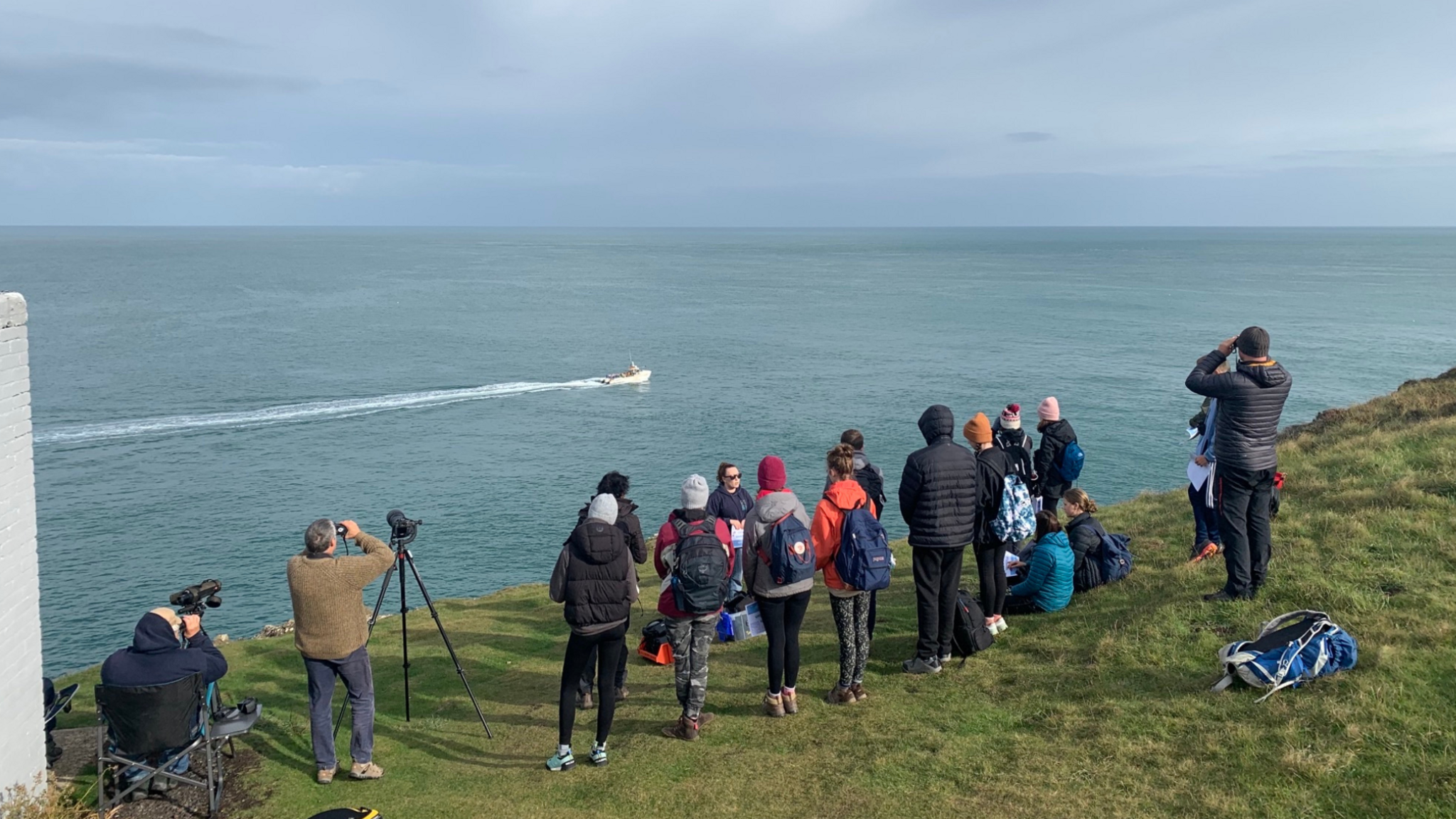
Sea Trust Wales run a similar photo ID project on the North Pembrokeshire coast, but its volunteers have not noticed a decline in sightings of the porpoises
However, not all wildlife experts have noticed a decrease in sightings of porpoises across Welsh waters.
Nadia Tomsa, manager of Sea Trust Wales, external runs The Harbour porpoise photo ID project in Pembrokeshire.
Since 2018, a team of volunteers have completed up to four land-based surveys a week at popular sites across the North Pembrokeshire coast - including Strumble head and Ramsay Sound.
The porpoises are identified through their pigmentation, scars, and fin notches and so far the group have built up a catalogue of over 200 individuals.
Ms Tomsa said she has not noticed a decrease in sightings of the mammals and every week the volunteers see large groups of residential porpoises in Pembrokeshire.
"Perhaps something else is going on up in north Wales," she added.
However, as The Harbour only tracks its residential porpoises, she added that the group's research is not fully reliable for assessing their wider population.
Ms Tomsa said that stricter marine conservation goals are needed to ensure the safeguarding of all porpoises along the Welsh coast.
"Porpoises are at risk as they are so small and they do need more protection," she added.
Related topics
- Published11 March 2024
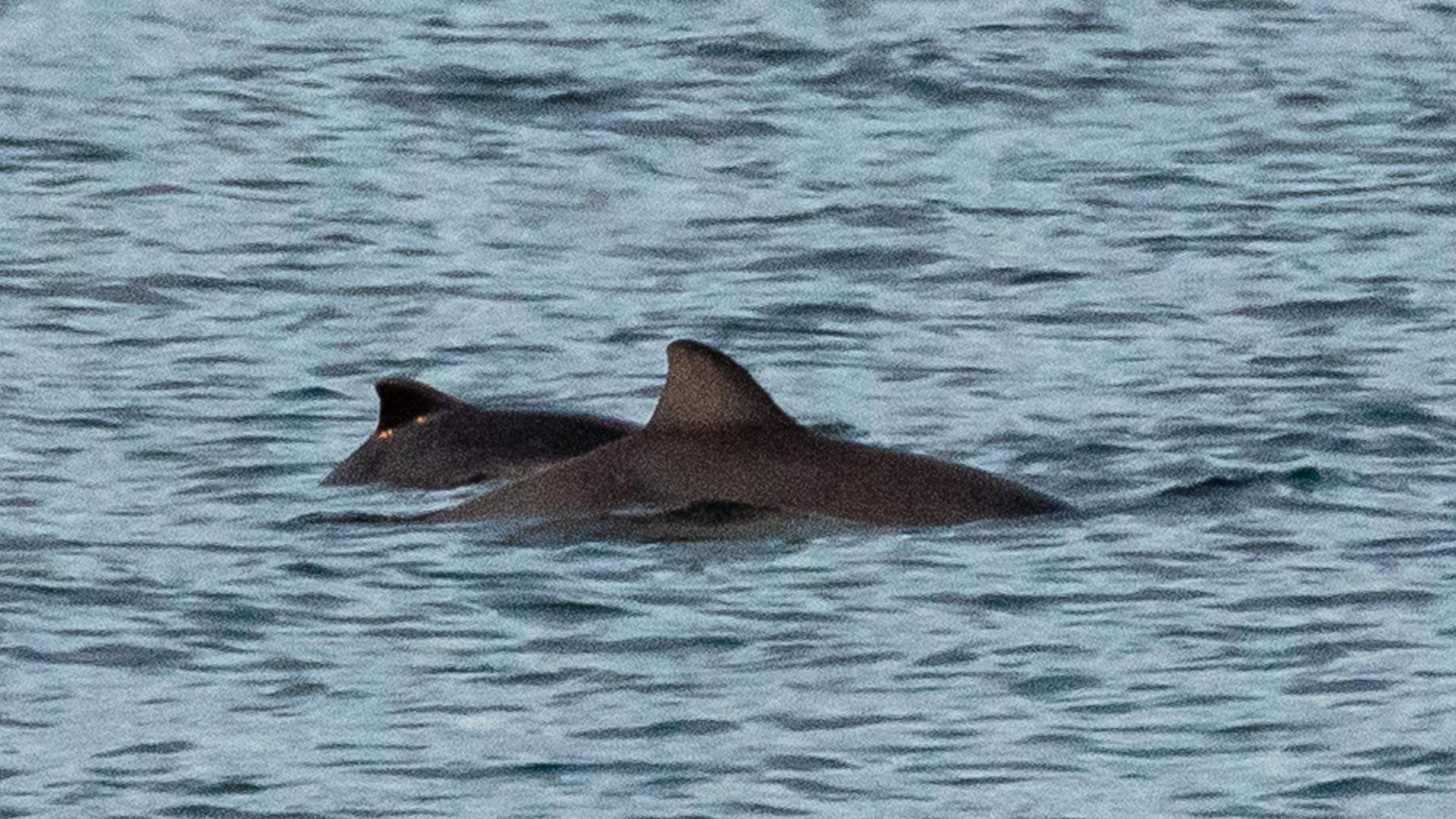
- Published9 December 2024

- Published20 January
